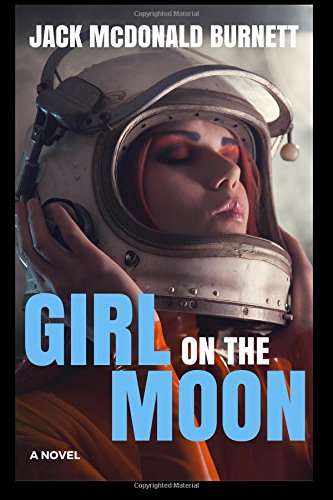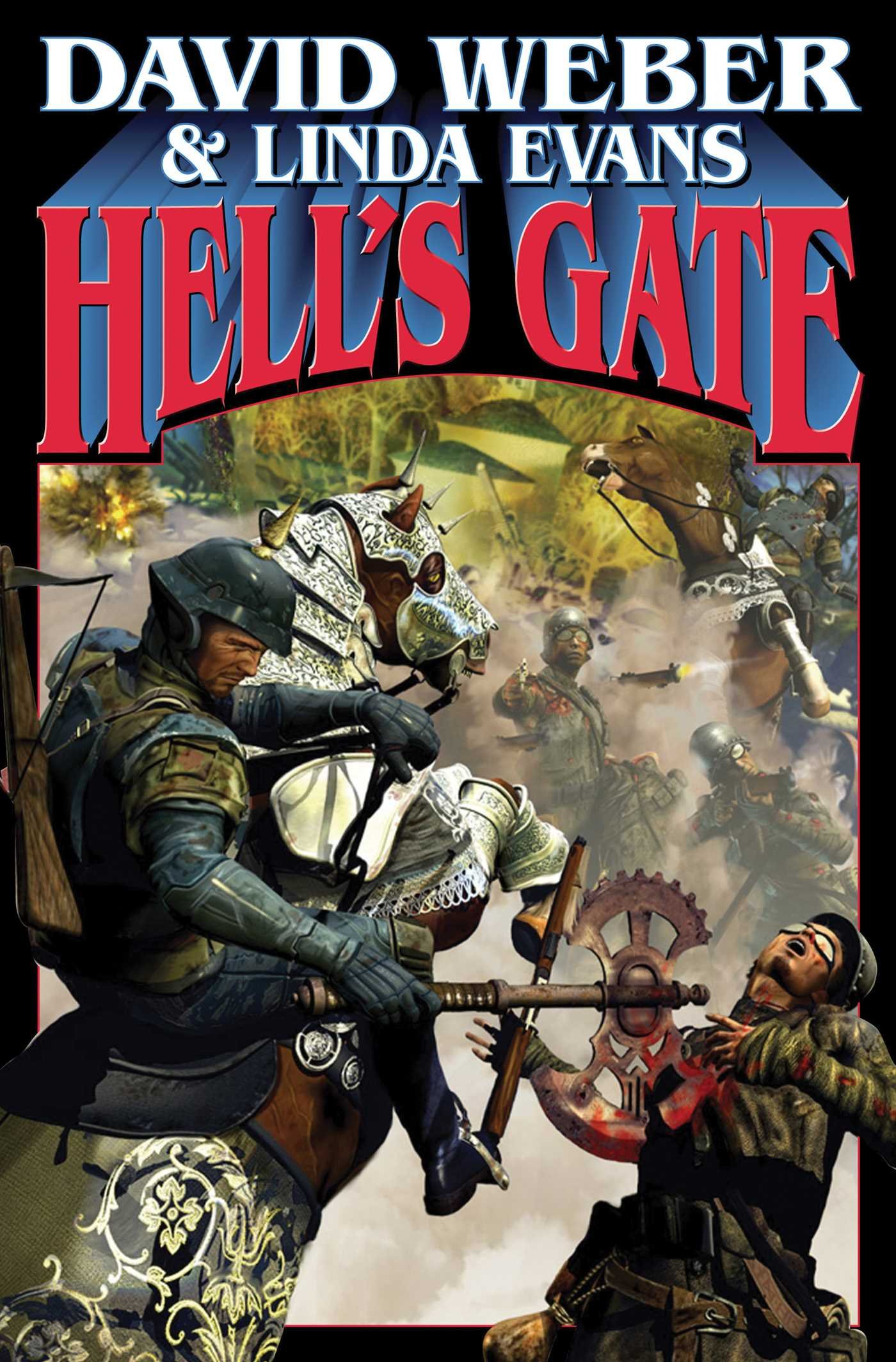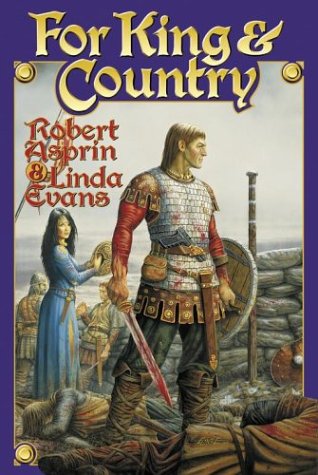Review: A Long Time Until Now by Michael Z. Williamson
One of my favorite sub-genres of time-travel science fiction takes one or more people from the present and "drops" them into the past, revealing interesting things about both present-time and historical cultures, sciences, and philosophies.
In this novel, Williamson's first of a planned Time Displacement series, ten US troops riding in two mobile units in a deployment in Afghanistan encounter what they first believe is an IED. The explosion sends them off the road into a grassy plain, cooler by twenty degrees than the sweltering heat they had been driving through.
[H]e saw where their tire marks started and went downhill. He didn’t see an origin for them. The tracks started in the middle of the rough area. There was nothing farther uphill except grass-covered slope...
The distant mountains are the same; everything else has changed. Somehow the ten soldiers have been displaced to Stone-Age Afghanistan. They will have only whatever supplies are in the two MRAPs (Mine-Resistant Armored Vehicles), and whatever they know (or have stored in reference files on their smart phones, laptops and tablets.)
Fortunately, this is a pretty erudite group. The LT1 (the only officer) is an engineer. The smart-aleck Oglesby turns out to be a fairly adept linguist (which helps when they need to communicate with the local tribes.) One of the two women in the group has a good knowledge of edible plants, the other is their IT resource.
The story is enhanced by the close attention Williamson pays to each individual's reactions to their predicament. It feels real; it seems like the way a small group would behave. The author has not made it easier on himself, either. These are not supermen or -women. He has given each of the ten their own issues and problems and biases to deal with—and some of them are problems for the group as a whole, like the creationist who insists on "witnessing" to them all (up-time and otherwise), or the feminist who worries so much about the men around her that she contemplates suicide as an escape.
In addition, the displacement that brought the Americans also moved several other groups: a Neolithic hunting band with domesticated dogs, a large group of Roman soldiers, several 16th-century Mughal musketeers. The challenge to our present-day group is to trade with these disparate peoples for what they need, and prevent them from taking over.
The story is only slightly marred by excessive repetition. (I thought if I read one more comment from the Romans about English being "Latin mixed with Germanni," I would scream.) Otherwise, it is signature Williamson: you get an establishing scene, and action, some introspection, then more action. The action is rational, the rationality of each introspection depends on whose voice is sharing it at the time.
FInally, the story itself is enjoyable. You become intimately acquainted these people; you want them to succeed. And each time they do, you wonder how they will continue.
Because time, and their up-time supplies, are running out.














